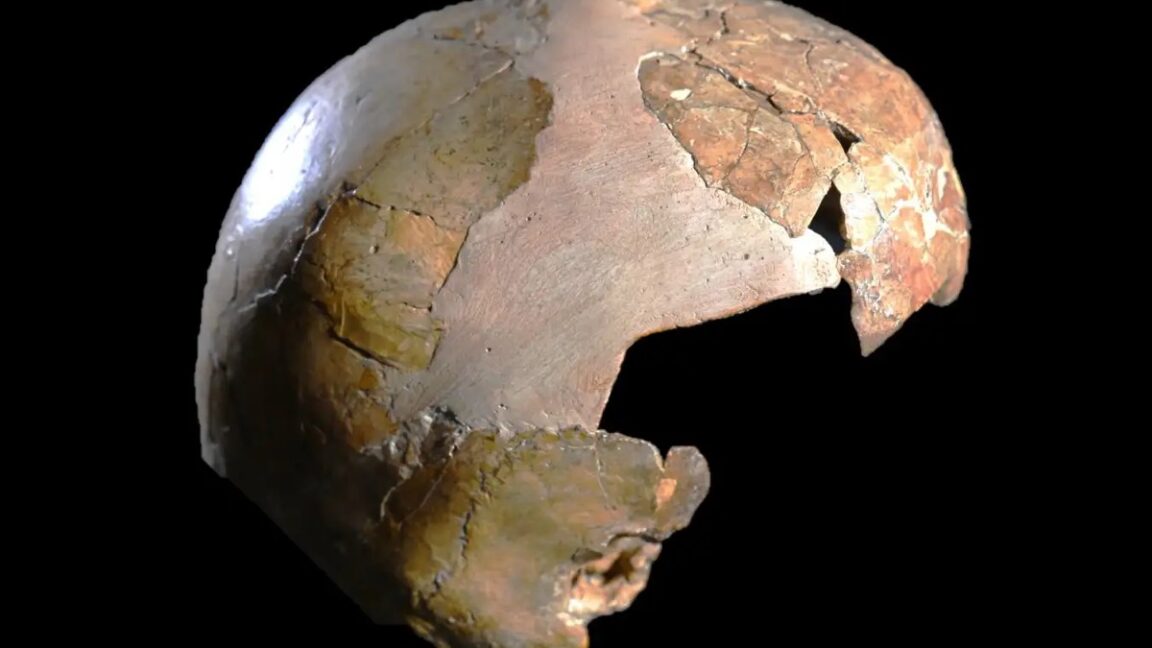
"The mandible had been separated from the skeleton, and both it and the neurocranium are incomplete, so they were reconstructed and consolidated with plaster."
"They concluded that the neurocranium's parietal and temporal bones, and the shape of the bony labyrinth, were consistent with Homo sapiens."
"The results of their analysis demonstrate that hybridization between Homo sapiens and Neanderthals is possible, although the child in question died very young."
"John Hawks of the University of Wisconsin-Madison stated that the old reconstruction did not enable comparison of this child with a broader array of recent children."
CT scanning revealed a child's mandible and neurocranium, reconstructed and checked for taxonomic influence. It compared favorably to Homo neanderthalensis skulls, showing Homo sapiens traits but distinct Neanderthal characteristics. Analysis concluded the child was a hybrid of both species, suggesting Skuhl Cave was not solely a Homo sapiens gravesite. Co-author Anne Dambricourt Malassé revised her belief in hybridization viability based on findings. John Hawks remarked on the limitations of previous reconstructions for biological comparisons without DNA analysis.
Read at Ars Technica
Unable to calculate read time
Collection
[
|
...
]